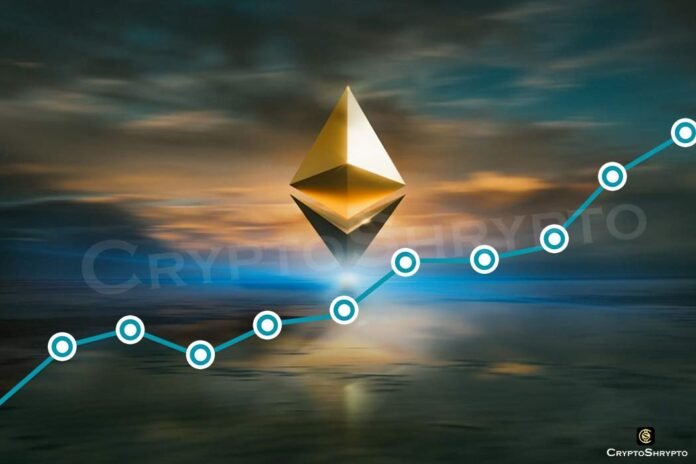Ethereum (ETH), the world’s second-largest cryptocurrency, is once again outperforming its biggest rival, Bitcoin. The ETH price has risen 6%, breaking over the critical $3,000 barrier mark. Bitcoin (BTC) has also experienced a 3.5% increase, with its price surpassing $42,200. On a weekly basis, Ethereum is up about 20%, which is more than double Bitcon’s gains of 9%. Clearly, ETH has been outperforming BTC.
The latest price increase in Ethereum (ETH) is taking place against the background of a strong fundamental buildup. Exchanges have seen some astonishing ETH outflows in recent weeks. This amounted to roughly 200K ETH removed from centralised exchanges in a single day.
As previously noted, the number of Ethereum whale transactions has increased dramatically following a brief respite. Furthermore, the number of transactions for $100,000 or more on the Ethereum network has been increasing. With several important advances recently, the merger between the Ethereum “execution” layer and the “consensus” layer has been the object of the most attention. On the Kiln testnet, the merge was recently successful.
The release of Ethereum 2.0 is the most anticipated event in the cryptocurrency world. By switching to the Proof-of-Stake (PoS) ecosystem, the Ethereum network’s energy consumption will be reduced by a whopping 99.5 percent, making it more ecologically friendly. Furthermore, it will significantly increase Ethereum network scalability for DeFi apps while also lowering transaction costs.
Joe Lubi, co-founder of Ethereum and CEO of ConsenSys, remarked last week at Camp Ethereal that another exciting aspect of transitioning to proof-of-stake is that proof-of-work requires a large amount of ether [the term used to describe Ethereum the cryptocurrency rather than the network] issuance in order to incentivize people with heavy infrastructure to lend their resources and validate transactions on the network. So, if one has very little infrastructure, he/she may issue significantly less ether per built block.




